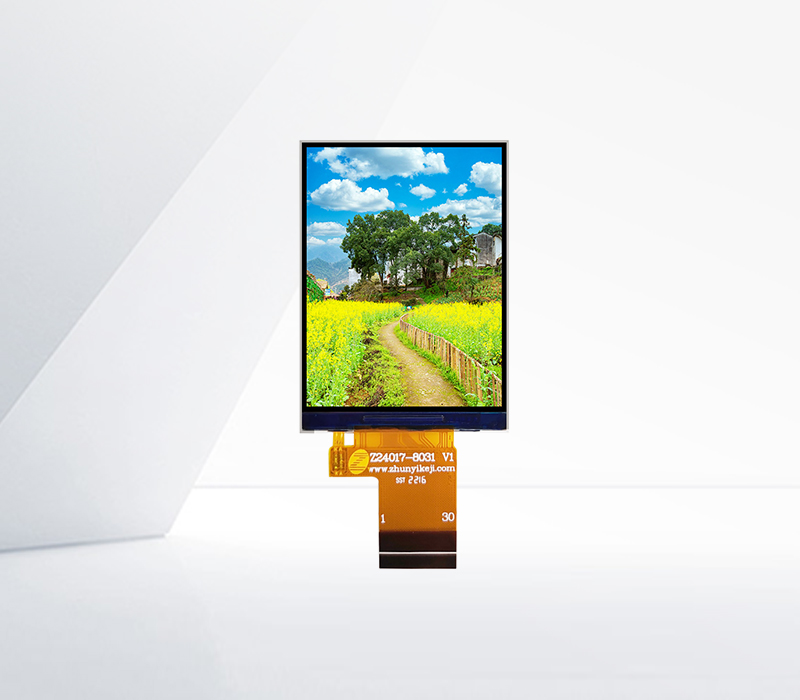




In - vehicle dedicated LCD modules are specifically tailored to meet the unique requirements of automotive applications. These modules play a crucial role in modern vehicles, providing functions such as infotainment, navigation, vehicle status monitoring, and driver assistance.
One of the key requirements for in - vehicle LCD modules is durability. Vehicles are exposed to a wide range of environmental conditions, including vibrations, temperature fluctuations, and humidity. In - vehicle LCD modules are designed to withstand these harsh conditions. The housing is constructed from shock - resistant materials, and the internal components are mounted using vibration - damping techniques to prevent damage from constant vibrations during vehicle operation. For example, the LCD panel is often mounted on rubber - based vibration isolators, which absorb and reduce the impact of vibrations on the module. The module is also designed to operate over a wide temperature range, typically from - 40°C to 85°C, to ensure reliable performance in both extreme cold and hot climates.
Another important aspect is sunlight readability. In - vehicle displays need to be clearly visible even in bright sunlight. To achieve this, in - vehicle LCD modules use high - brightness backlights and anti - glare technologies. High - brightness backlights increase the luminance of the display, making the content more visible in direct sunlight. Anti - glare coatings are applied to the surface of the LCD panel to reduce reflections and improve contrast, ensuring that the driver can easily read the information on the display without being distracted by glare.
In - vehicle LCD modules also need to be energy - efficient. With the increasing use of electric and hybrid vehicles, minimizing power consumption is crucial. These modules use advanced LCD technologies, such as thin - film transistor (TFT) and organic light - emitting diode (OLED), which offer high - quality display performance while consuming less power. Additionally, power - saving features such as automatic brightness adjustment based on ambient light conditions are incorporated to further reduce energy consumption.
Connectivity is another important consideration for in - vehicle LCD modules. They need to be able to interface with various in - vehicle systems, such as the vehicle's infotainment system, navigation system, and sensor networks. Standardized interfaces such as HDMI, USB, and LVDS are commonly used to enable seamless communication between the LCD module and other vehicle components. This allows for the display of a wide range of information, including navigation maps, music playlists, vehicle speed, and engine status, enhancing the driver's experience and safety on the road.
